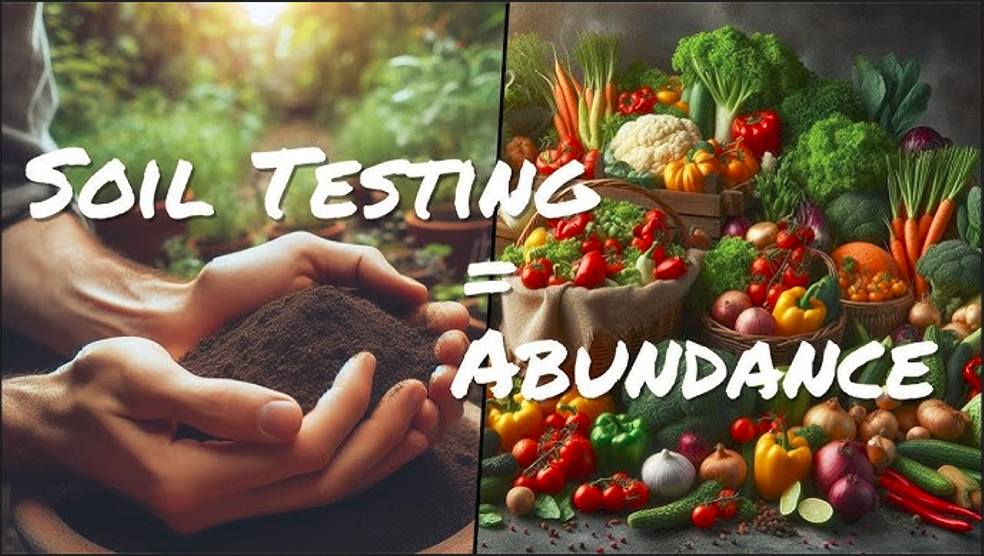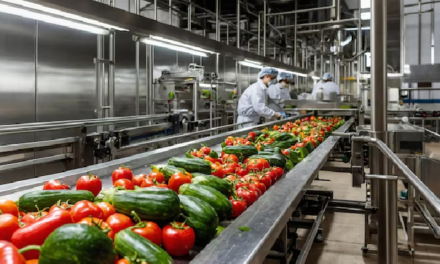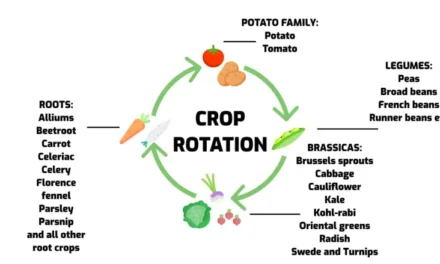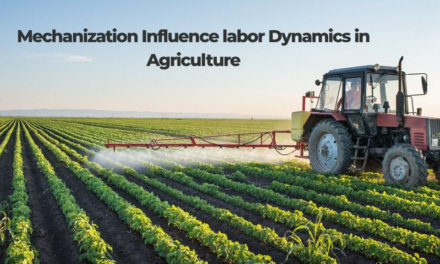Soil testing is a critical tool for improving vegetable production. It provides valuable information about soil nutrient levels, pH, organic matter content, and other properties, helping farmers make informed decisions about fertilization, irrigation, and soil management. By understanding the condition of their soil, vegetable growers can optimize crop yields, enhance quality, and reduce production costs. Here’s how soil testing improves vegetable production:
1. Identifies Nutrient Deficiencies
- How It Helps:
- Soil testing determines the levels of essential nutrients like nitrogen (N), phosphorus (P), potassium (K), calcium (Ca), magnesium (Mg), and micronutrients (e.g., zinc, iron, boron).
- Identifies specific nutrient deficiencies that may limit vegetable growth and yield.
- Impact:
- Enables farmers to apply the right type and amount of fertilizers, avoiding under- or over-fertilization.
- Enhances plant health, leading to better growth, higher yields, and improved quality.
- Example:
- If soil tests show low potassium levels, a farmer can apply potash fertilizers to improve root development and fruit quality in crops like tomatoes and peppers.
2. Optimizes Fertilizer Use
- How It Helps:
- Provides precise recommendations for fertilizer application based on the nutrient needs of specific vegetable crops.
- Prevents overuse of fertilizers, which can harm crops and the environment.
- Impact:
- Reduces input costs by eliminating unnecessary fertilizer use.
- Minimizes nutrient leaching and runoff, promoting sustainable farming.
- Example:
- Lettuce and leafy greens require different nitrogen levels than root crops like carrots; soil testing helps adjust fertilization accordingly.
3. Improves Soil pH Management
- How It Helps:
- Soil testing measures soil pH, which affects nutrient availability and plant growth.
- Helps identify whether soil is too acidic or alkaline for specific vegetables.
- Impact:
- Enables corrective actions, such as applying lime to raise pH or sulfur to lower it, to create optimal growing conditions.
- Example:
- Most vegetables prefer a slightly acidic to neutral pH (6.0–7.0). Soil testing helps maintain this range, ensuring maximum nutrient uptake.
4. Enhances Soil Health
- How It Helps:
- Measures organic matter content, which influences soil structure, water retention, and microbial activity.
- Identifies imbalances that could affect soil fertility and productivity.
- Impact:
- Guides practices like adding compost, manure, or cover crops to improve soil organic matter and overall health.
- Example:
- High organic matter improves water retention and reduces compaction, benefiting water-sensitive crops like spinach and lettuce.
5. Facilitates Crop-Specific Nutrient Management
- How It Helps:
- Different vegetables have varying nutrient requirements. Soil testing helps tailor nutrient management to specific crops.
- Impact:
- Promotes targeted fertilization, ensuring that each vegetable crop receives the nutrients it needs for optimal growth.
- Example:
- Nitrogen-rich soil benefits leafy vegetables like kale and spinach, while phosphorus and potassium are more critical for fruiting vegetables like tomatoes and cucumbers.
6. Improves Water Management
- How It Helps:
- Soil tests can assess texture, moisture-holding capacity, and salinity, which influence irrigation strategies.
- Helps prevent over- or under-irrigation, which can harm crops and deplete resources.
- Impact:
- Enhances water use efficiency, leading to healthier plants and lower water costs.
- Example:
- Sandy soils may require frequent, small irrigation applications, while clay soils retain water longer and need less frequent watering.
7. Reduces Risk of Crop Diseases
- How It Helps:
- Imbalanced nutrients and poor soil health can make crops more susceptible to diseases.
- Soil testing identifies conditions that encourage diseases (e.g., high salinity or poor drainage).
- Impact:
- Helps implement preventive measures, such as improving drainage or balancing nutrients, to reduce disease risk.
- Example:
- Proper calcium levels prevent blossom-end rot in tomatoes and peppers, a common issue caused by calcium deficiency.
8. Increases Yield and Quality
- How It Helps:
- Ensures optimal nutrient availability, pH balance, and soil health, creating ideal conditions for vegetable growth.
- Impact:
- Leads to higher yields, better fruit and vegetable quality, and improved marketability.
- Example:
- Balanced soil nutrients enhance the size, color, and flavor of vegetables like carrots, broccoli, and tomatoes.
9. Promotes Environmental Sustainability
- How It Helps:
- Prevents over-application of fertilizers and pesticides, reducing nutrient runoff and groundwater contamination.
- Encourages sustainable practices, such as organic amendments and cover cropping, based on soil health indicators.
- Impact:
- Protects surrounding ecosystems and reduces the environmental footprint of vegetable farming.
- Example:
- Proper nitrogen management minimizes nitrate leaching into water bodies, protecting aquatic ecosystems.
10. Provides Long-Term Benefits
- How It Helps:
- Regular soil testing helps monitor changes in soil fertility and health over time.
- Guides farmers in maintaining soil productivity for future vegetable crops.
- Impact:
- Supports sustainable farming systems and ensures consistent yields over multiple growing seasons.
- Example:
- Farmers can track the impact of crop rotation, composting, or other practices on soil fertility and make necessary adjustments.
Steps to Implement Soil Testing
- Sample Collection:
- Collect soil samples from different areas of the field to ensure representative results.
- Avoid contaminated areas like field edges or spots with heavy manure applications.
- Laboratory Analysis:
- Send samples to a certified soil testing laboratory for detailed analysis of nutrients, pH, and other properties.
- Interpret Results:
- Review soil test reports to understand deficiencies or imbalances.
- Apply Recommendations:
- Follow lab recommendations for fertilizer application, soil amendments, and management practices tailored to your vegetable crops.
Conclusion
Soil testing is a vital tool for improving vegetable production by providing actionable insights into soil health, nutrient availability, and pH levels. It helps farmers optimize fertilizer use, enhance yields, improve crop quality, and promote sustainable farming practices. By regularly testing soil and implementing tailored management strategies, vegetable growers can achieve better productivity, lower costs, and long-term agricultural sustainability.
Hashtags
#Agroecology #OrganicFarming #SoilNutrition #ClimateSmartAgriculture #FarmingTechnology #SoilConservation #CropYield #SoilFertility #RegenerativeAgriculture #FarmToTable #SustainableFarming #PrecisionFarming #HealthyEcosystems #SoilScience #FoodSecurity #SustainableDevelopment #InnovativeFarming #SoilHealthMatters #SustainableFoodSystems #GreenRevolution









